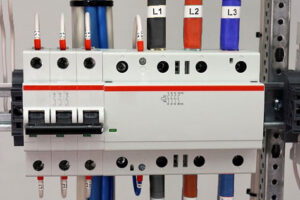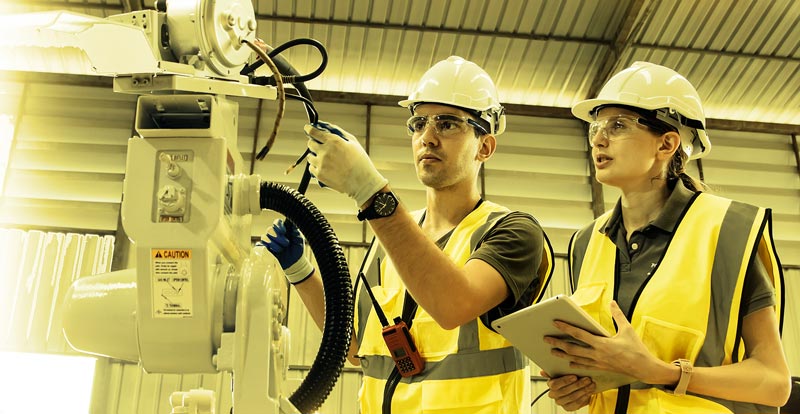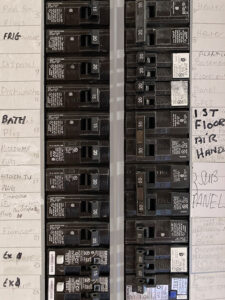This article delves into the fundamental differences between single-phase and three-phase power, two critical concepts in electrical engineering. For those training in this field, mastering these differences is not just about technical proficiency; it’s about building a foundation that will enable you to effectively troubleshoot and maintain the electrical systems that industries rely on every day. Whether in residential settings or large industrial environments, the knowledge of how these systems operate is essential for efficiency and safety. This guide is an important tool for your career development.
Fundamentals of Single-Phase Power: Understanding Residential Electricity
Single-phase power, with its simple sinusoidal waveform, is the standard in residential electricity, used primarily for lighting and small appliances. It operates on a two-wire AC system, fluctuating between positive and negative voltage peaks, typically at 120V or 240V. This section explains the basic operations and applications of single-phase power, essential knowledge for maintaining and troubleshooting household electrical systems. Here are the key distinctions of single-phase power:
- Waveform: Single-phase power has a single sinusoidal waveform. It is a two-wire alternating current (AC) power distribution system.
- Voltage: In single-phase systems, voltage fluctuates between a positive and a negative peak. The standard voltage in residential settings is often 120V or 240V, depending on the region.
- Applications: Single-phase power is commonly used in residential buildings for lighting, small appliances, and outlets.
- Motor Applications: Single-phase motors are generally used for smaller loads, such as household appliances and small tools.
- Power Equation: The power equation for single-phase systems is P = VIcos(θ), where P is power, V is voltage, I is current, and θ is the phase angle.
Three-Phase Power: Powering Industrial and Commercial Machinery
 Three-phase power is essential for powering industrial and commercial machinery, providing high efficiency and performance across multiple phases. This section discusses its operational basics, including the distinctive three-waveform system and common voltage standards, crucial for those working with high-load environments. Below are the key distinctions of three-phase power:
Three-phase power is essential for powering industrial and commercial machinery, providing high efficiency and performance across multiple phases. This section discusses its operational basics, including the distinctive three-waveform system and common voltage standards, crucial for those working with high-load environments. Below are the key distinctions of three-phase power:
- Waveform: Three-phase power has three sinusoidal waveforms that are 120 degrees out of phase with each other. It is a three-wire (or four-wire with neutral) AC power distribution system.
- Voltage: The voltage in a three-phase system reaches its peak value three times during each cycle. Standard voltages include 208V, 240V, 480V, and others, depending on the application and region.
- Applications: Three-phase power is commonly used in industrial and commercial settings for larger equipment and machinery.
- Motor Applications: Three-phase motors are widely used in industrial applications due to their efficiency and ability to handle higher loads.
- Power Equation: The power equation for three-phase systems is P = √3 * V * I * cos(θ), where P is power, V is line voltage, I is line current, and θ is the phase angle.
- Balanced Loads: In a balanced three-phase system, the power is evenly distributed among the three phases, leading to a more efficient use of power.
Final thoughts…
The differences between single-phase and three-phase power is essential knowledge for electrical engineering trainees. Understanding these fundamental differences is essential for anyone tasked with maintaining and troubleshooting electrical systems in various settings, from residential homes to large-scale industrial plants. By mastering these fundamental concepts, individuals can enhance system efficiency and ensure safety, while building a solid foundation for their careers in electrical engineering.
Related articles:






